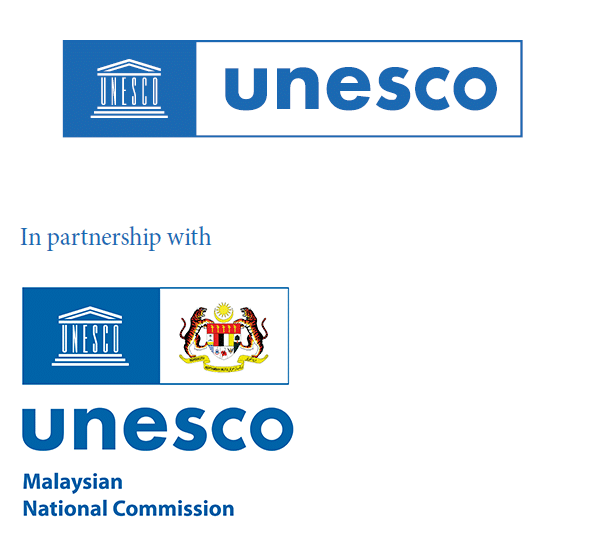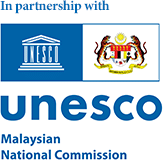Summary of Project Activities and Result
Davao City and its metropolitan area are among the most flood-prone urban areas in the Philippines. Almost all community-based water delivery systems in the typhoon-affected areas sustained extensive damage and interrupted water supply for local populations after Typhoon Bopha in December 2012.
Given past experiences which highlighted the insufficiency of the capacities of local communities and authorities to respond quickly and efficiently to disasters, the urban water systems of Mindanao island particularly surrounding Davao River Basin, a UNESCO HELP River Basin, has been selected as a Sustainability Science demonstration site, in order to demonstrate the resilience of the urban water systems of Davao City to climate change.
This is acheived by assessing and addressing the climate vulnerability of the urban water system, strengthening the integrated planning and coordination, and finally raising awareness on climate change adaptation among key stakeholders.
This study looks at the 4 river systems of Davao City, which are: Davao River Basin, Lasang Watershed, Lipadas Watershed and Talomo Watershed in the event of a 100-yr return flood, to determine which barangays are most vulnerable to the “Big Flood”. Vulnerability is assessed using the following components: 1. exposure, 2. sensitivity and 3. adaptive capacity, of both the Water Supply System (WSS) and communities in the identified flood-prone barangays. Overall, the top 3 barangays most vulnerable to the “Big Flood” are Mandug, Lubogan and Tigatto.
Furthermore, the project looked specifically into two barangays as case studies to identify if there are good practices and technologies demonstrated at the barangay level. The case studies are:
- Ma-a, one of the 10 most vulnerable barangays in terms of flooding in Davao City. It is within the Davao River System and has a total area of 1,014 ha, of which 469 ha are flood-prone. A good approach demonstrated in Brgy. Ma-a is the well-sited water facility which contributed to the safety of the WSS during flooding.
- Lubogan, the second most vulnerable barangay for flooding and water system disruption in Davao City. It is located within the Lipadas River System and has a total area of 357 ha, of which 8.5 % is flood prone. A good practice demonstrated in Barangay Lubogan is data management for disasters. At present, Brgy Lubogan conducts a survey and resource mapping to indicate resources and water systems that need monitoring during disaster.
Davao Phillipines Photos Gallery
The Disaster Risk Reduction and Management (DRRM) programs of both barangays aims at working towards management of disaster. However, programs in managing urban water systems during and after disasters are inadequate.
Having assessed the vulnerability of barangays, it was further found out that the DRRM Plans are more focused on peoples’ safety rather than on urban water system (UWS) management with agencies’ involvement anchored on institutional mandates. Results of plan reviews, focused group discussion (FGD), and key informant interviews (KII) suggest a re-direction of the DRRMP towards management of UWS, predominantly affected by urbanization, industrialization, and population growth, with vertical and horizontal integration at various levels. With impacts of extreme climatic events to UWS, this should be considered now since disaster related effects can result to physical damage, systems failure, population risk due to contamination, and financial loss.
Recommendations
The project found four areas in need of intervention:
- Disaster Risk Reduction and Management Plans must address needs related to management of urban water systems (UWS)
- Regular maintenance of all Davao City Water District (DCWD) pipelines and the timely replacement of ageing pipelines must be assured.
- Environmental sanitation must be improved, particularly by proper management of waste at all levels.
- Environmental preparedness need to be increased, particularly by providing the barangays with access to functional early warning system (EWS) and by putting Barangay Disaster Risk Reduction and Management Council (BDRRMC) into full functional use.
The gaps for UWS management can be addressed by some good practices and demonstrated technologies that are initiated by lead agencies. These include the periodic monitoring of groundwater aquifers and water supply systems by Davao City Water District (DCWD), the Adopt-a-Watershed by Department of Environment and Natural Resources (DENR), the creation of the Disaster Risk Reduction and Management (DRRM) Council by OCD and the Task Force Drainage by the City DRRMO and City Planning Office, the installation of water pumps in Level 1 & 2 areas by Department of the Interior and Local Government (DILG), the EWS by Department of Science and Technology (DOST), the inventory of drainage structures by Department of Public Works and Highways (DPWH), and the advocacy for the policy on rainwater harvesting by the City local government unit (LGU).
PROJECT PARTNER
HELP Davao Network
LIST of STAKEHOLDERS
The stakeholders consulted during the project are:
- Davao City Water District
- Davao City Local Government Unit – Disaster Risk Reduction and Management Office
- Davao City Committee on Agriculture
- Davao City Local Government Unit – City Environment and Natural Resources Office
- Department of Environment and Natural Resources XI
- Mindanao Development Authority
- Southern Philippines Agribusiness and Marine and Aquatic School of Technology
- Tropical Institute of Climate Studies (TroPICS), Ateneo de Davao University
- University of the Philippines in Mindanao
- University of the Immaculate Conception



